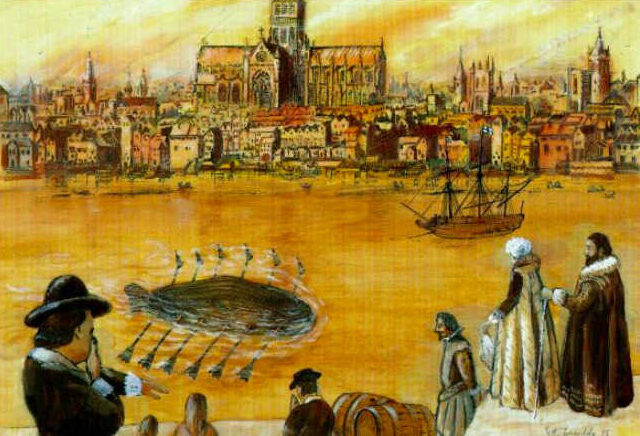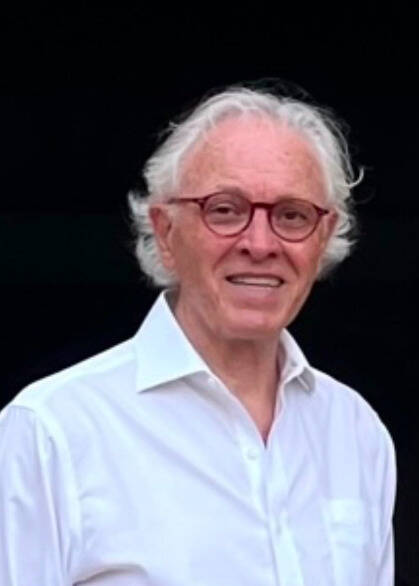
Two Greek families crossed the Mediterranean from the Dodecanese island of Symi to Cadaqués in 1850. The men were free-divers, with the lungs and skill to harvest the coral that carpeted the seabed.
One day, the exiled writer Narcís Monturiol—branded a communist by the authorities—watched a diver rise dead to the surface. Just as fishermen far out at sea engage in a death dance with every storm, the coraleros risked their lives with every descent.
By the time Monturiol returned to his lodgings, he had found his mission. He sent away for books, read engineering journals, and traced the history of man’s ancient desire to breathe underwater.
At the temples of Thebes, divers are depicted spear-fishing with hollow reeds as snorkels. In 1515, Leonardo da Vinci sketched a subaquatic vessel. In 1620, the Dutchman Cornelius Van Drebbel launched what many call the first submarine: an oar-propelled, sealed boat.
Catalans fervently disagree. Narcís Monturiol built the Ictíneo—from olive wood reinforced with copper rings—a steam-powered submarine with the world’s first air-independent propulsion system, releasing oxygen into the crew’s chamber. When he demonstrated it before the mayor and his coterie in Barcelona harbour in 1867, he was finally forgiven for being a communist.
My own experience diving in Cadaqués came during a PADI course with the Sotamar Diving Centre. What I remember most is watching Jordi Riera, the dive master, remove the top layer of pebbles from a wall at the mouth of a hole in the underwater rock face. An octopus peered out, disgruntled, then patiently began to rebuild its barricade, one pebble at a time with its long, dextrous tentacles. You could tell it had done this before.
When coral was a means of survival, the Greek divers harvested the fluorescent white crop until the seabed was stripped bare. More than a century later, coral had begun to return in little clusters, like upside-down candelabra no bigger than teacups—fragile, thread-thin strands trembling in the current.
Diving in that bay of Cadaqués with its mysterious rock formations and marine hues was a rare, almost cosmic joy. Beneath the surface, there is near silence—just the sound of your bubbles and the slow beat of your heart. A weight belt provides neutral buoyancy. You neither sink nor rise, but hover in the inner spaces of sea and mind. You move with minimal effort and feel—if only for a time—as though you are back in the environment from which you came and still belong.

